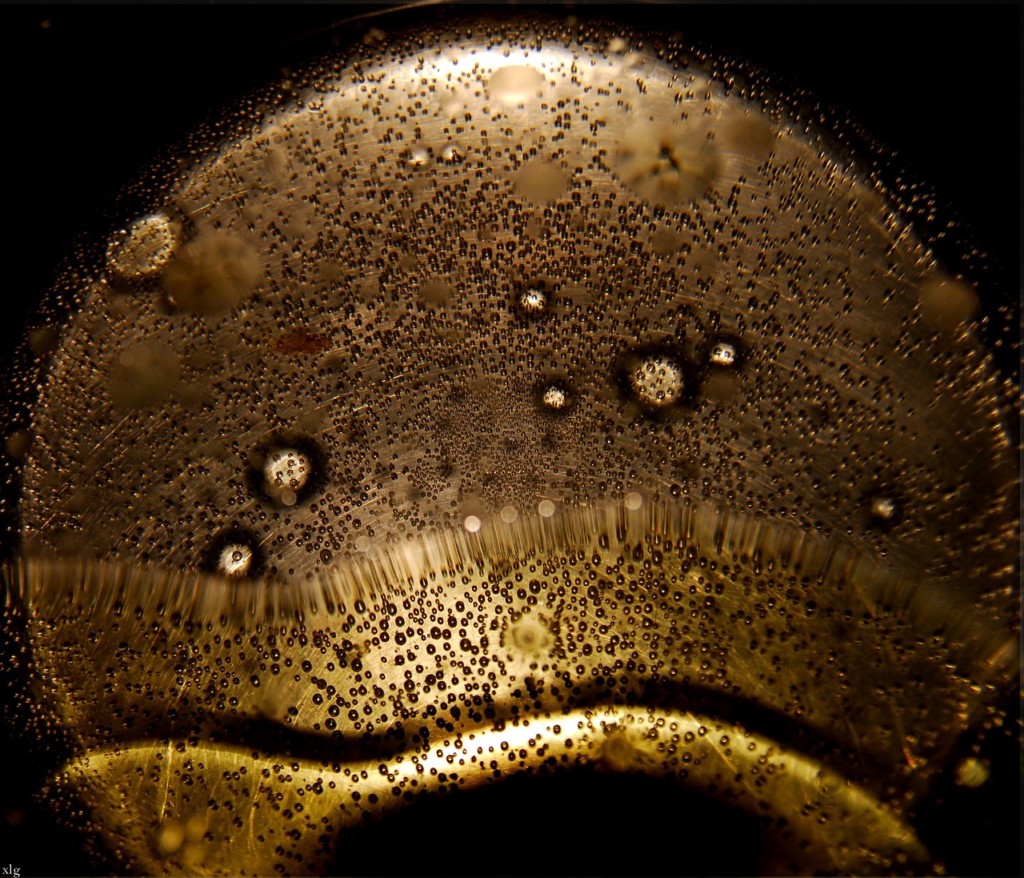The ideal cooking temperature is as smooth as possible. Some purists even go so far as to eat only raw foods, or at the very most steamed, to retain maximum nutritional properties.
So, if you decide to cook your food, the question is this: what fats are optimal for cooking, and what temperatures can be reached without compromising nutritional properties? or worse, lead to compounds that are harmful to health?
Can fats be cooked?
The answer is yes, but as little as possible, and at the lowest possible temperature.
Indeed, the cooking fatincluding overcooking oilscan lead to numerous changes in their nutritional properties, including :
- The destruction of antioxidants. As a reminder, antioxidants are molecules that slow down or prevent the oxidation of other chemical substances in contact with them. They combat oxidative stress, which is responsible for cell aging.
- Overcooking fat can also lead to fatty acid oxidation (lipoperoxidation).
- Oxidation of cholesterol (formation of oxysterol).
- Hydrolysis of fatty acids, i.e. their chemical decomposition
- Polymerization of fatty acids (anarchic molecules).
- Formation of TRANS fatty acids (fatty acids with poor conformation; they are particularly deleterious).
- The formation of toxic neo-formed products (some potentially carcinogenic).
The aim is to minimize the negative effects of cooking fats. And to achieve our goal, we're going to favor certain oils that will resist cooking better than others. For this, the indicator that will guide us is the famous "smoke point".
This content is part of the guide Blooness, the guide to the ideal human diet, the summary of which you can find here 🌱🥑
What is a smoke point?
The smoke point is the critical temperature at which oil produces toxic compounds. and potentially carcinogenic, such as benzopyrene or acrolein. To put it simply, this is the point at which smoke is detected, and it's at this point that cooking leads to the negative effects we mentioned earlier.
This is one of the reasons why barbecues get a bad press from a health point of view, since they produce a heavy black smoke, a signal that they contain harmful elements.
French-speaking subscribers will receive the newsletter in French, and all others will receive an English version.
Frying can be carried out at varying temperatures, from around 50°C for the gentlest cooking, to 150°C and sometimes more. It goes without saying that the gentler the cooking, the better for our health, even if it must be recognized that certain "pleasure" recipes, which we won't abuse, require rapid cooking.
To determine which fats are the least sensitive to cooking, simply list them by smoke point level. But before going any further, we need to distinguish between refined oils, unrefined oils.
Refined oils VS unrefined oils
Refining is an industrial process designed to modify certain characteristics of the oil, for example to make it odorless or tasteless, or to make it more heat-stable.
The advantage of refined oils is that they are less sensitive to the heat of cooking or frying. However, this process has a number of disadvantages: it may use chemical compounds, and may alter some of the oil's properties. vitamins and antioxidants in processed oils.
It is therefore preferable to opt for unrefined oils. which, even though their smoke point will be lower, will be more nutritious and less processed, as long as you opt for gentle cooking!
Top unrefined oils and fats for cooking
Here is the list of unrefined oils, classified by smoke point. In other words, the oils with the highest smoke point will lose the least amount of their nutritional properties during cooking, and will be the most beneficial to the body.
The green fats at the top of the list are therefore to be preferred, while the red fats are not recommended for cooking, as they have a low smoke point.
- Clarified butter (Ghee) - 252°C
- Virgin olive oil - 216°C
- Macadamia oil - 200°C
- Goose/duck fat - 190°C
- Coconut oil - 177°C
- Oleic sunflower oil* (not to be confused with simple sunflower oil!) - 160°C
- Peanut oil - 160°C
- Extra-virgin olive oil - 160°C
- Butter - 120 to 150°C
- Rapeseed oil - 107°C
- Linseed oil - 107°C
- Sunflower oil - 107°C
* Sunflowers are considered oleic when their oleic monounsaturated fatty acid content exceeds 75 %.
As you can see in this ranking, Sunflower oil and butter are two types of fat not recommended for cooking.. Yet these oils are widely used.
Rapeseed, walnut, hazelnut and linseed oils may be relatively healthy, but they should be limited or even banned for cooking, given their smoke point. They are therefore preferable for seasoning.
Peanut oil has an interesting smoke point, but is nonetheless rich in omega-6s, which we are trying to reduce in favour of omega-3s.
Conversely, olive oil, oleic sunflower oil, coconut oil, macadamia oil, goose/duck fat and clarified butter have the highest smoke points, and are therefore preferred for cooking.
Top refined cooking oils
While it's best to avoid refined oils in favor of unrefined ones, refined oils can still be useful for high-temperature cooking, especially frying. It is therefore worth knowing which oils to choose in such cases, in order to reduce the harmful effects of intense cooking.
- Refined olive oil - 242°C
- Refined coconut oil - 232°C
- Sunflower oil oleic refined - 232°C
- Refined coconut oil - 232°C
- Refined peanut oil - 227°C
- Refined sunflower oil - 227°C
- Refined rapeseed oil - 204°C
So, if you have to choose between different refined oils, conventional nutritional advice all points to olive oil. Coconut oil may also be a good alternative.
In conclusion
As you can see, fats should ideally be consumed as little cooked as possible, as seasoning. However, if certain recipes and contexts require cooking, olive oil, macadamia oil, coconut oil, as well as other oils. clarified butterand goose or duck fat.
Coming soon, we'll look at the best cooking methods, and which equipment is recommended to reduce the harmful effects of cooking, while retaining its benefits.




2 Responses
Super interesting content and well explained. Have you posted an article about which equipment is recommended to reduce the harmful effects of cooking while retaining its benefits?
Thank you for your interest! An article will be published soon on this subject, but in summary, steam cooking remains the best way to cook food.